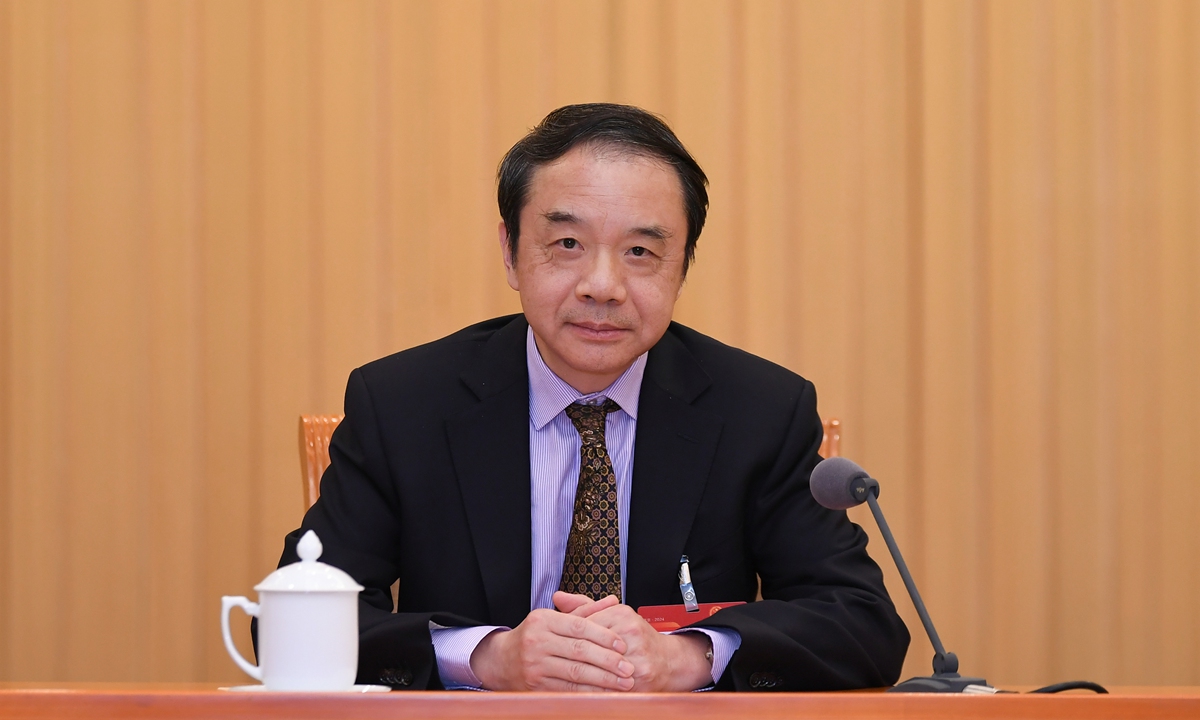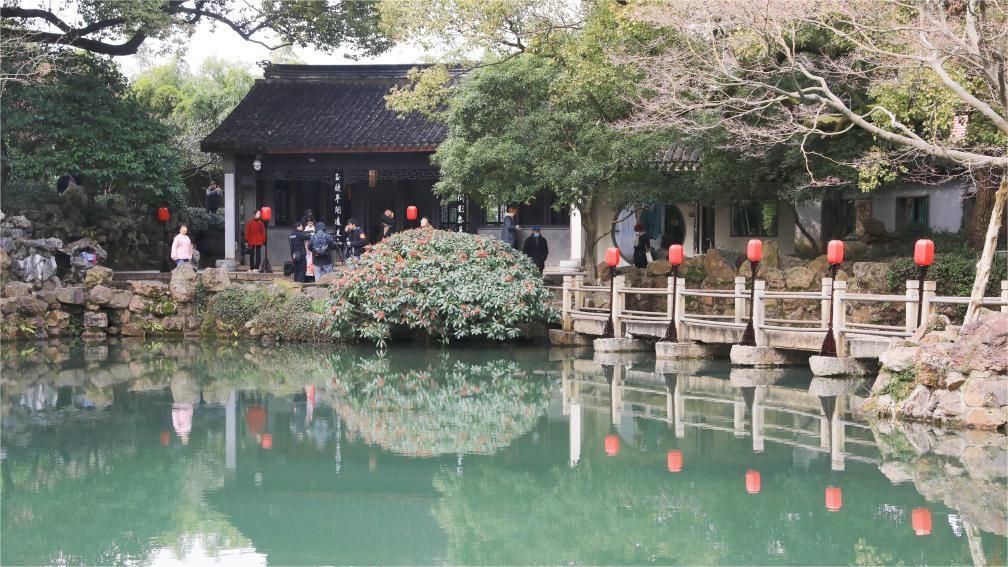Top Chinese physicist calls for more investment in basic research planning

Top physicist Wang Yifang Photo: Courtesy of the Institute of High Energy Physics, Chinese Academy of Sciences
The planning of large-scale scientific facilities and basic research requires long-term perspective and more investment, said Wang Yifang, director of the Institute of High Energy Physics (IHEP) of Chinese Academy of Sciences (CAS), who is also a deputy to the 14th National People's Congress.
China has made remarkable achievements in the construction of large-scale scientific facilities after decades of development. If all projects planned in the 14th Five-Year Plan (2021-2025) are completed, China will have approximately 70 large scientific facilities, a number comparable to that of the US, Wang told the Global Times.
However, there is still a significant gap in terms of the investment scale for individual facility and the total investment scale compared to the US. Currently, China still lacks internationally leading specialized large scientific facilities, especially in the fields of particle physics, nuclear physics, and astronomy, he stressed.
"This puts us at a disadvantage compared to some other countries in certain areas, such as astronomical telescopes and particle accelerators. Therefore, I believe that in the future, we should focus on improving the quality of development rather than increasing the quantity of large scientific facilities in order to compete directly with advanced countries and strive to surpass them," Wang said.
"Without large scientific facilities, basic research would be just an idea on paper. We mustn't always be a recipient of knowledge, but should grow into a provider of knowledge and leader in global basic research," Wang said.
China has been paying more attention to strengthening basic research, as it is not only a cornerstone for achieving greater self-reliance and strength in science and technology, but the foundation for solving many bottleneck technologies. In the face of fierce international scientific and technological competition, Wang stressed that increasing funding for basic scientific research is a priority.
According to data from the National Bureau of Statistics, in 2022, the country's investment in basic research accounted for 6.57 percent of total research and development (R&D) spending, while the goal according to the 14th Five-Year Plan is 8 percent by 2025, which Wang said requires more efforts to realize.
Taking the construction of China's Circular Electron-Positron Collider (CEPC) as an example, we have to be clear that the construction period for the CEPC is 10 years. If we do not start now, China will lag behind others in this field in 10 years' time, Wang said.
The CEPC is a large international scientific facility proposed by the Chinese particle physics community in 2012. The goal of the project is to build a high-luminosity Higgs factory to explore unknown areas in the field of particle physics, according to the CAS.
The CEPC's "Technical Design Report" has gone through international review and was officially published in December, 2023. Being able to independently design such a large scientific facility demonstrates Chinese scientists' capabilities, according to Wang.
Photos
Related Stories
- Chinese, US researchers jointly develop new type of stable semiconductor graphene with 10 times higher performance than silicon
- Influence of nation's research seen on rise
- China's largest fishery scientific research vessel sets sail for the first time to investigate fishery resources
- Researchers bid to unlock mystery of shrinking mountain peaks
- China issues reports on 2023 research fronts
- Construction of China's first domestic medical isotope test reactor starts
Copyright © 2024 People's Daily Online. All Rights Reserved.









